3 EASY STEPS TO DRAW
Part 1. Basic Drawing Strategies
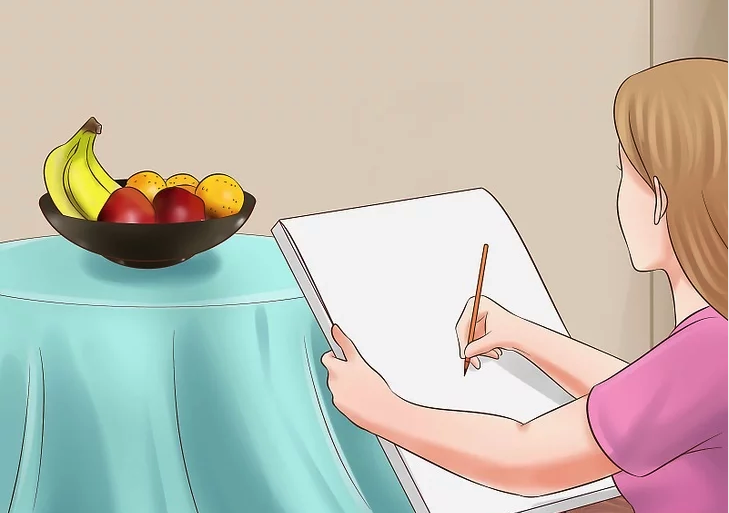
A. Draw what you see. Start with simple objects (like the classic bowl of fruit) or common objects and progress to more complicated subjects — an intricately shaped table, for instance, or people's faces. The better you get at drawing real-life objects, the better you'll eventually be at putting ideas on paper.
For example, let's say you get an idea for a comic book character. You can imagine every detail — the expression on their face, the emotion in their eyes, the pose that represents who this character is — but if you haven't been practicing with faces, eyes, and poses, you'll have a hard time drawing this character on paper in a way that matches with the image you have in your head.
Instead of going big or elaborate in the beginning, focus on the small and simple. Take a bowl of fruit, or a house, or a mountain range, and practice replicating these objects with just a pencil. Draw different versions of the same thing. If you're drawing a mountain range, for example, do a little evaluation of your first drawing. Figure out what's right and what's wrong, or have a friend tell you which parts of the mountain look unnatural or need improvement. Once you have a list of the things you can improve on, draw the mountain range again. This time, improve on the parts you didn't draw well the first time. If you want after a few weeks and your drawing skills improve, draw the same picture again. See how much you've improved!
Think of yourself as a chef. When a chef learns a new recipe, he often spends days or weeks only cooking that recipe. It makes for pretty boring eating, but he's able to perfect his dish by the end of the week. Don't get discouraged when your dish doesn't come out perfectly right away. It takes a while to get things right.
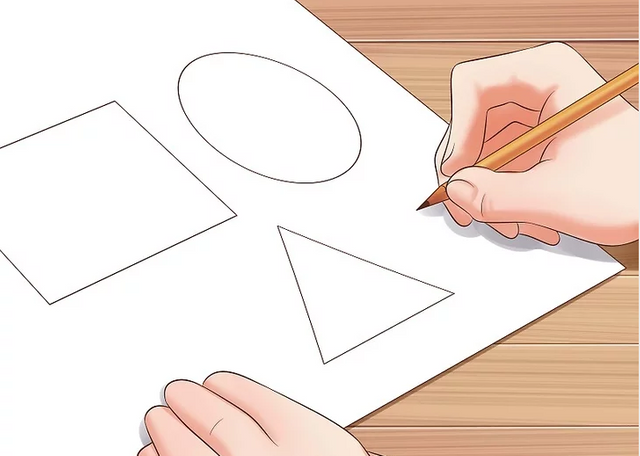
B. Draw as often as you can. The more you practice, the better you'll get. Even when you're concentrating on something else but your hands are free (being on the phone is the perfect opportunity to doodle) take a piece of paper and a pencil and start drawing basic shapes.
Practice with basic, elemental shapes in the beginning. These basic shapes will form the basis of many harder shapes as you continue drawing. Mastering them will make your journey going forward more meaningful and productive.
Draw circles, squares, triangles, rectangles, etc. Challenge yourself progressively by making these shapes as perfect as possible. Then challenge yourself some more by drawing variations of a shape: different sizes of circles and squares, different kinds of rectangles and triangles.
With enough repetition (and crumpled sheets in the recycling bin), you should reach a point where you could comfortably draw most shapes. To heighten this basic skill, draw curves and curls as well. Try doing springs and spirals and various loops, curlicues and garlands, paying attention to the consistency of your curves.
Part 2 Drawing Improvements
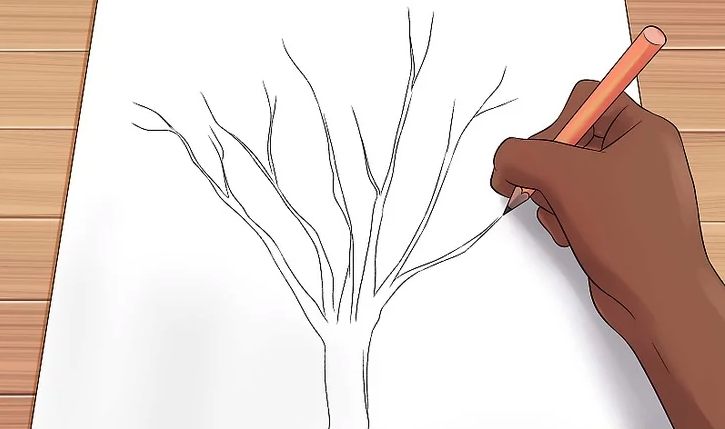
A. Make a rough sketch. If you're drawing a tree, don't draw one leaf at a time. Otherwise, it's easy to get caught up in drawing one section of the object and forget about the "big picture" so that you end up running out of room, or, more often, your drawing ends up looking unattractively imbalanced.
Use light, repeated strokes. Keep things loose, and don't worry about mistakes. You're trying to get the general idea right, not a perfect facsimile. Compare, adjust, and improve what you ultimately have.
If you're drawing a real object, cross check what you have on paper with the original object. Make sure that the sizes of the shapes relative to each other are as accurate as possible.
Imagine what you want the tree to look like ultimately, and make a light sketch with a pencil. You can draw an outline of your intended drawing, or you can draw its "skeleton" (as is often done with drawing bodies).
A great method is to imagine the basic shapes the object is made of. In other words, break the object apart in your mind. A tree, in most cases, is an oval or triangle centered on top of a cylinder. Draw both shapes in 3D so that you can fill in the details later, while maintaining the proportions you want.
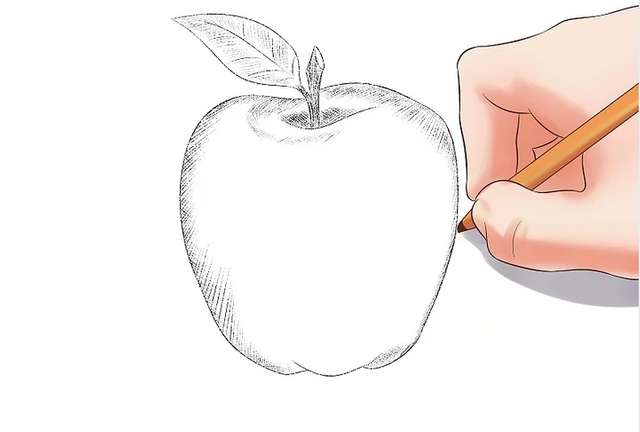
B. Elaborate on your sketch. Use heavier/darker line to bring out the parts of the drawing you need, and use an eraser to take out the lines you don't need. Add details, bit by bit, making sure to frequently step back and look at your drawing as a whole to make sure it's coming along the way you want it to. Learn and experiment with several techniques, which can enhance your ability to express ideas through drawing.
Draw with shading. Shading means the differences in light and color. Think about the way the light hits an object and which parts of the object are light or dark as a result. This can add luminosity, intensity, and depth to a drawing.
Picture a bowling ball in the foreground and the sun, right as it's beginning to set, in the background. Since the sun is close to the horizon, the light is going to be hitting the bowling ball from a very low angle, as opposed to a high angle (where the sun would be at around noon on a sunny day). This means that in order to capture the light hitting the bowling ball, you're going to need to shade the top of the bowling ball lighter than the bottom, because the sun won't hit the bottom directly.
Practice with the shadows. If you want to get very realistic drawings, study the way that light reflects from objects, including the shadows that it leaves. Shadows can be almost mirror images of the object, or they can be stretched out, diagonal, and distorted. Pay attention to the type of shadows that the sun makes in real life, and try to duplicate that in your drawings.
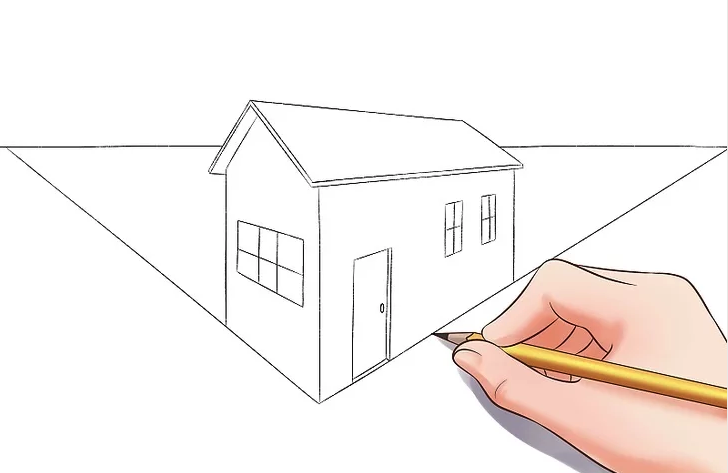
C. Add touches of realism. Even if you ultimately want to draw cartoons or caricatures, you'll need to know what makes an object appear realistic in your drawings. If you want your drawings to appear more lifelike, then mastering these practices is key.
Familiarize yourself with perspective. Perspective is the idea that things that are further away appear smaller, and things that are closer up appear bigger, very true. If you are drawing a large object (such as a building) or a complicated scene (such as a neighborhood), it's especially important to understand perspective, unless you want your drawing to appear cartoon-like. Focusing on perspective when drawing small, simple objects (a cube, a stack of books) is an excellent exercise in drawing.
Get to know proportions. Proportion is the way different parts of an object relate to each other in terms of size. Proportion can affect how realistic the drawing is perceived to be. Use measuring techniques like a grid method or tick marks for accurate proportions. Altering proportions — by exaggerating some aspects and minimizing others — can convey unique ideas, or represent a certain style of drawing. Characters in caricatures and anime, for example, have exaggerated eyes or proportionally large faces. Experiment with getting proportions of objects and people right before you turn them on their head.
Play with color. Color adds a different dimension to a piece. Contrast, blending, saturation, and color schemes make some drawings more lively, or more realistic, or abstract, depending on how the color is applied. If you're interested, start mixing watercolors and acrylics. Blend unlikely colors and see which new ones come up. Photocopy some of your drawings, play with different colors, and see how the end result changes depending on which colors you use.
Part 3 Going Above and Beyond: Materials, Recording, and Timed Drawing
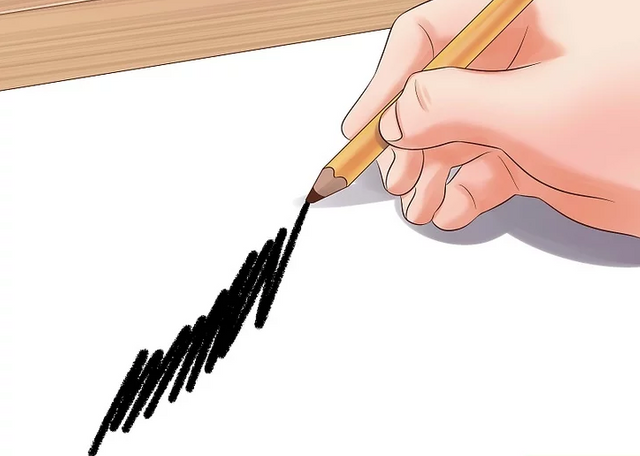
A. What you need to start out. For the beginner, sketch paper will probably work best; very smooth paper will give you better detail, but "toothier" paper holds the graphite from your pencil better.
Pencils come in a scale of hardness, from "hard" pencils, like H, to "soft," like 9B. Hard pencils are low in tones, which means the ability to go from light to dark. Soft pencils, on the other hand, have lots of tones, meaning the pressure you put on the pencil affects the lightness of the line. Try sketching with a 6B or an 8B, a relatively soft pencil, so that pressing down the pencil harder will create darker tones.
Once you're ready, try drawing with charcoal. Charcoal comes in a compressed stick or in pencil form. Harder charcoal produces a gray tint, while softer charcoal smudges easier. Use charcoal in the same way that you'd use a pencil. Charcoal, however, can be more expressive than a pencil. Use it to capture sweeping gestures and motions, or use it to create deep shading. If you plan on painting a canvas, charcoal can serve as a great outline before you put paint to canvas.
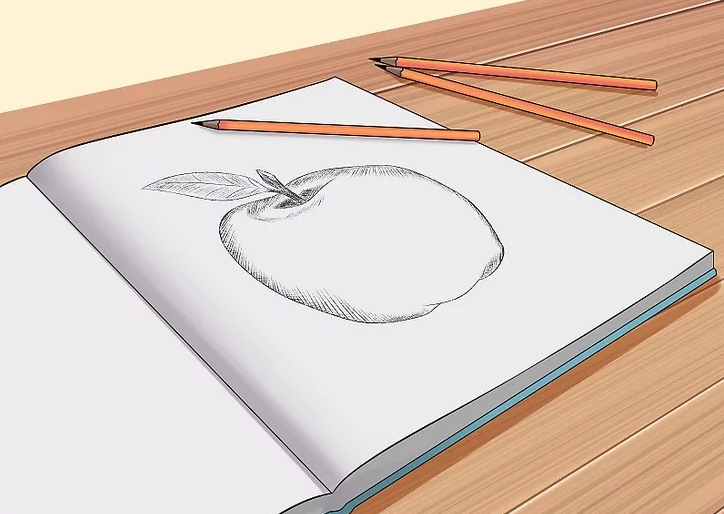
B. Keep your work. Make a place where you can put all of your drawings, or keep it all together in an art journal. Doing this will help you review your progress. The more you get used to drawing, the more you'll be able to see what your flaws are and determine how to correct them. Also, as you continue drawing, you'll develop your own personal style. It's always interesting to look back and see how your ability to express yourself has grown. Don't let yourself down. When you practice you can make it perfect.
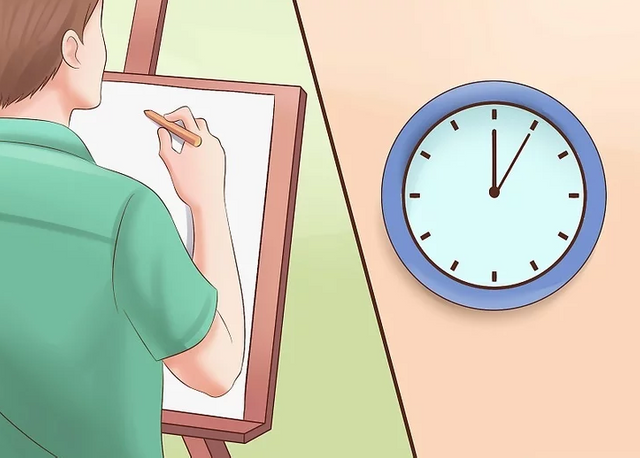
C. Try a timed gesture drawing. If you find yourself struggling with proportion, annoyed that your poses are stiff and worst of all making and mistakes that your conscious mind knows better not to do, this is a great way to break that cycle. Get a kitchen timer. Set it for five minutes. Choose a subject that's not going to move like a silk rose, something a little challenging that you're fond enough of it to draw it more than once. It helps if you really like the subject. Using a soft (B grade or 2B or 4B, any of the B pencils) pencil, try to sketch it within five minutes or two minutes. Set a specific time period no longer than five minutes. When the buzzer goes off, stop even if it's not finished. Try again on a fresh part of the page.
Each time you try to draw something within five minutes, you'll observe something different about it and concentrate. You'll be correcting mistakes without bothering to go back and erase them.
This method is especially good for drawing people since it's not hard to get a friend to pose for a two-minute "gesture sketch" as opposed to making them sit still for an hour.
Once you have done gesture sketches of a subject, giving yourself a longer time like fifteen minutes will feel like you have forever to get it right. You'll probably finish before the time is up. This is very good practice for being able to draw outdoors when the light can change in half an hour.
Try drawing your cat or dog while it's sleeping in short gesture drawings. Two minutes is about as long as a sleeping animal holds still before it rolls over or moves in its sleep.
Try drawing something simple like a pencil. Things that are common and easy to draw. Practice the object you chose a few times until it looks right. Then, once you think it looks right, go on to a harder thing such as a human face.
What a fantastic post - this should be really helpful for budding artists.
One thing that's worth bearing in mind is that some people will try a medium that feels natural for them and others will just feel wrong. This is normal. For me, this happened with pens and over time I don't like to draw using anything else. :)
Thanks